During this post we’ll discover the practical significance of wildflower-rich meadows – not just as picturesque landscapes, but as vital ecosystems. From their role in supporting diverse wildlife to providing nutritious fodder, this post explores the tangible benefits of well-managed meadows and offers insights into their establishment and maintenance.
Wildflower-rich meadows are important grassland habitats and often support an incredible number of wildflower species. When well managed they can also support a wide range of fungi, invertebrates, reptiles and ground nesting birds such as skylarks, curlews, meadow pipits and yellow wagtails. Furthermore the vegetation is often used to provide winter food for livestock with a wide range of flowering plants and grasses producing a highly nutritional fodder high in protein and minerals.
Species and site selection - wild flowers prefer sites in full sun with infertile free draining soils and will not thrive in areas of high fertility. If your soils are fertile it is possible to remove fertile topsoil to expose less fertile subsoil to sow a wild flower meadow. The fertile topsoil can be used to create raised beds in productive areas of the garden/landscape.
When choosing your mix, look for fine, non-aggressive grasses. Exclude the more competitive grasses such as ryegrasses or cocksfoot.
Ground preparation - good ground preparation is the best way to ensure successful germination. Before sowing wild flower seeds, the most important tasks are to create space by removing or controlling unwanted vegetation that may out compete the seedlings and to create conditions in which seedlings can establish and grow.
In practice there are two main ways to establishing wild seeds and mixtures:
Sowing into bare soil cleared of vegetation - generally the most successful way to establish wild flowers and grasses from seed is to sow into a clean seedbed that has been first cleared of all weeds and other vegetation and then cultivated to produce optimum conditions for germination. It is important to control any weeds in the area to be sown before the seeds are broadcast. Problem weeds are docks, thistles and nettles as these cannot be removed easily once the meadow area is sown. You can use a stale seedbed technique which involves preparing the seedbed as usual then waiting a few weeks for weeds to germinate, then cultivate again to destroy and bury the weeds. Then sow your seed. Once weeds have been dealt with, prepare a fine, well-worked seedbed and compress it lightly with a roller, broadcast the seeds by hand, harrow or rake the area, then roll it again to ensure the seeds are in good contact with the soil and water lightly.
Sowing into gaps created in existing vegetation - seed sown into gaps in existing vegetation will grow, but more slowly and less reliably as a result of competition from well established neighbours. Where site assessment reveals that the existing vegetation is worth preserving this approach, although slower, could be more appropriate. Sowing into existing grass works best in autumn.
Sowing - wild seeds can be sown either as seed mixtures directly into open ground where they are to grow or first raised undercover as individual plants in pots or seed trays for planting out at a later date. March-May usually produce the best conditions for sowing outside in our climate. Autumn sowing is also possible but should be avoided on sites prone to water-logging in winter. Summer sowing should be avoided on windy and dry sites. Some plants such as cornfield annuals and yellow rattle need to be sown in autumn.
Sowing rate - wild seed mixtures are lower than conventional lawn and amenity grass rates (2-4g/m2 compared with 25-50g/m2)
Regenerative Landscape Design - Online Interactive Course
Want to learn how to design, build and manage regenerative landscapes? Join us on our Regenerative Landscape Design - Online Interactive Course. We look forward to providing you with the confidence, inspiration, and opportunity to design, build and manage regenerative landscapes, gardens, and farms that produce food and other resources for humans while enhancing biodiversity.
You can access the course material at anytime and join the live sessions and interactive forums that run from May - Oct every year. All members of the Bloom Room receive a 500 EUR discount. To take up this offer all you have to do is become an annual subscribers to our Substack and register here with the promo code BLOOM.
I look forward to you joining !
Aftercare
First year management - most of the species used in wildflower meadows are perennial plants and are generally slow to germinate and grow and will not usually flower in the first growing season. Annual weeds will also be germinating from the soil and will likely shade out the perennial seedlings. In order to check the growth of the annuals, regular mowing of the meadow should be carried out throughout the first year of establishment to a height of 40-60mm, preferably before the annual plants set seed. If the establishing meadow vegetation is sparse the cuttings can be left on the surface but if the vegetation is dense use a mower with a collector and deposit the trimmings elsewhere in the garden for mulch or for compost. If you are sowing wildflower mixtures that contain annuals, allow time for the plants to flower before cutting. If you notice volunteer perennials establishing that will obviously dominate the area such as docks you can dig them out. Try to avoid disturbing the surrounding seedlings as much as possible. Annual weed varieties will disappear after the first season.
Management once established - in the second and subsequent years sowing can be managed in a number of ways which, in association with soil fertility, will determine the character of the grassland. The best results are usually obtained by traditional meadow management based around a main summer hay cut in combination with autumn and possibly spring mowing or grazing. Meadow grassland is not cut or grazed from spring through to late July/August to give the sown species an opportunity to flower. After flowering in July or August take a 'hay cut': cut back with a scythe or tractor mower to c 50mm. Leave the 'hay' to dry and shed seed for 1-7 days then remove from site. Mow or graze the re-growth through to late autumn/winter to c 50mm and again in spring if needed. The hay can be used as a highly nutritious winter feed for common farm animals.
If established correctly on the right type of soil, the balance of species should be harmonious. Any imbalance normally means the soil is too heavy, too wet or too fertile, so favoring grasses. Wild flower meadows once successfully established should be permanent, and will improve with age.
Here is a list of some popular wildflower meadow species including the edibility of each species. I generated this list using ChatGPT and have not confirmed the all of the information so be sure to check the edible plants with multiple sources to make sure they are correct.
Support Our Project
If you appreciate the work we are doing you can show your support in several ways.
Become a member of the Polyculture Project by subscribing to our Substack
Make a purchase of plants or seeds from our nursery or Online Store
Consider joining us for one of our Courses or Online Courses
Comment, like, and share our content on social media.
Make a direct donation via PayPal to balkanecologyproject@gmail.com
We offer a diversity of plants and seeds for permaculture, forest gardens, and regenerative landscapes including a range of fruit and nut cultivars. We Deliver all over Europe from Nov - March. - Give a happy plant a happy home :)
Welcome to our Online Store where you can find Forest Garden/ Permaculture plants, seeds, bulbs, and Polyculture multi-packs along with digital goods and services such as Online Courses, Webinars and eBooks. We hope you enjoy the store and find something you like. It's your purchases that keep our Project going.
You can also find our full list of trees. shrubs and herbs for forest gardens on our nursery website.

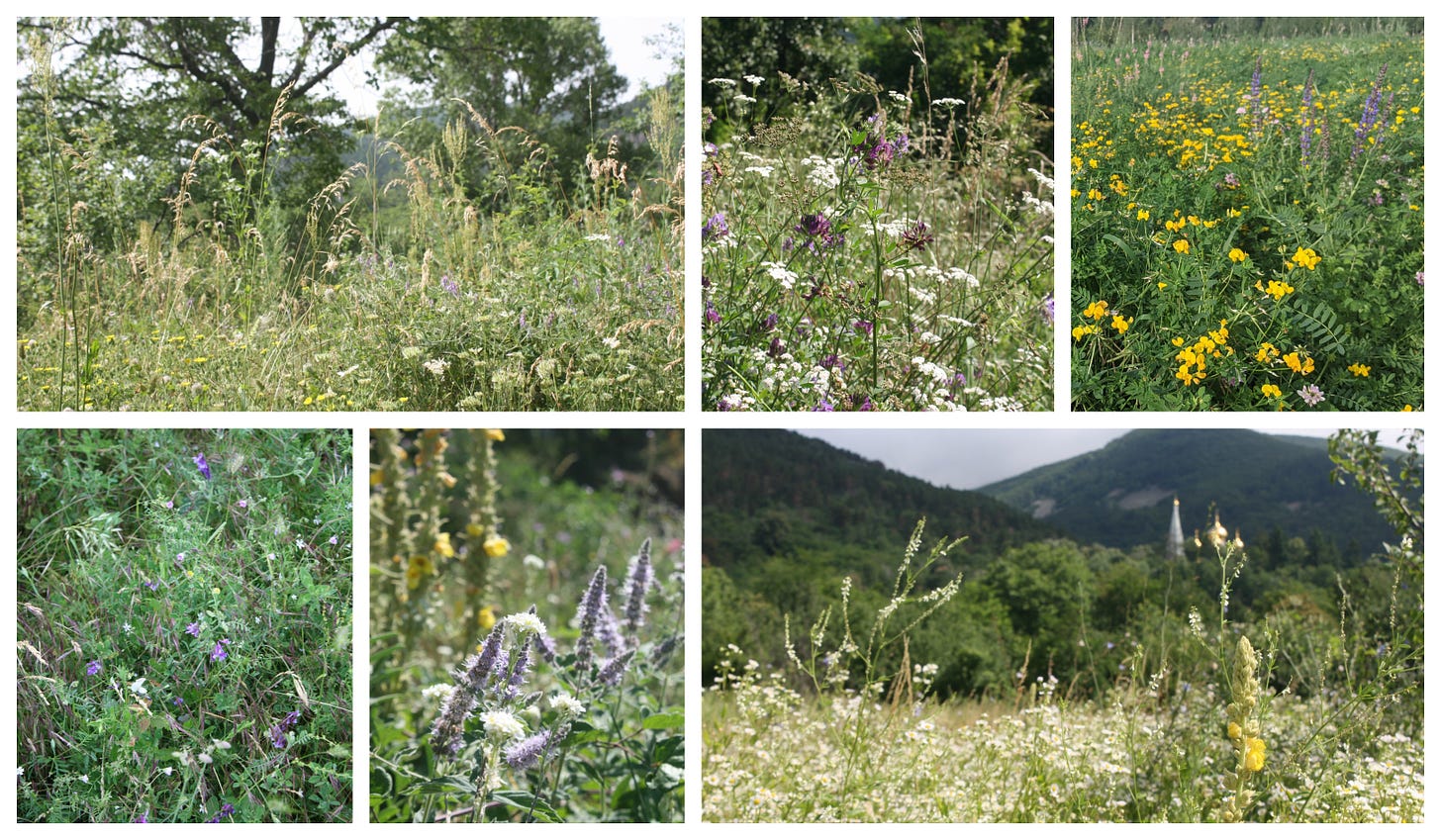
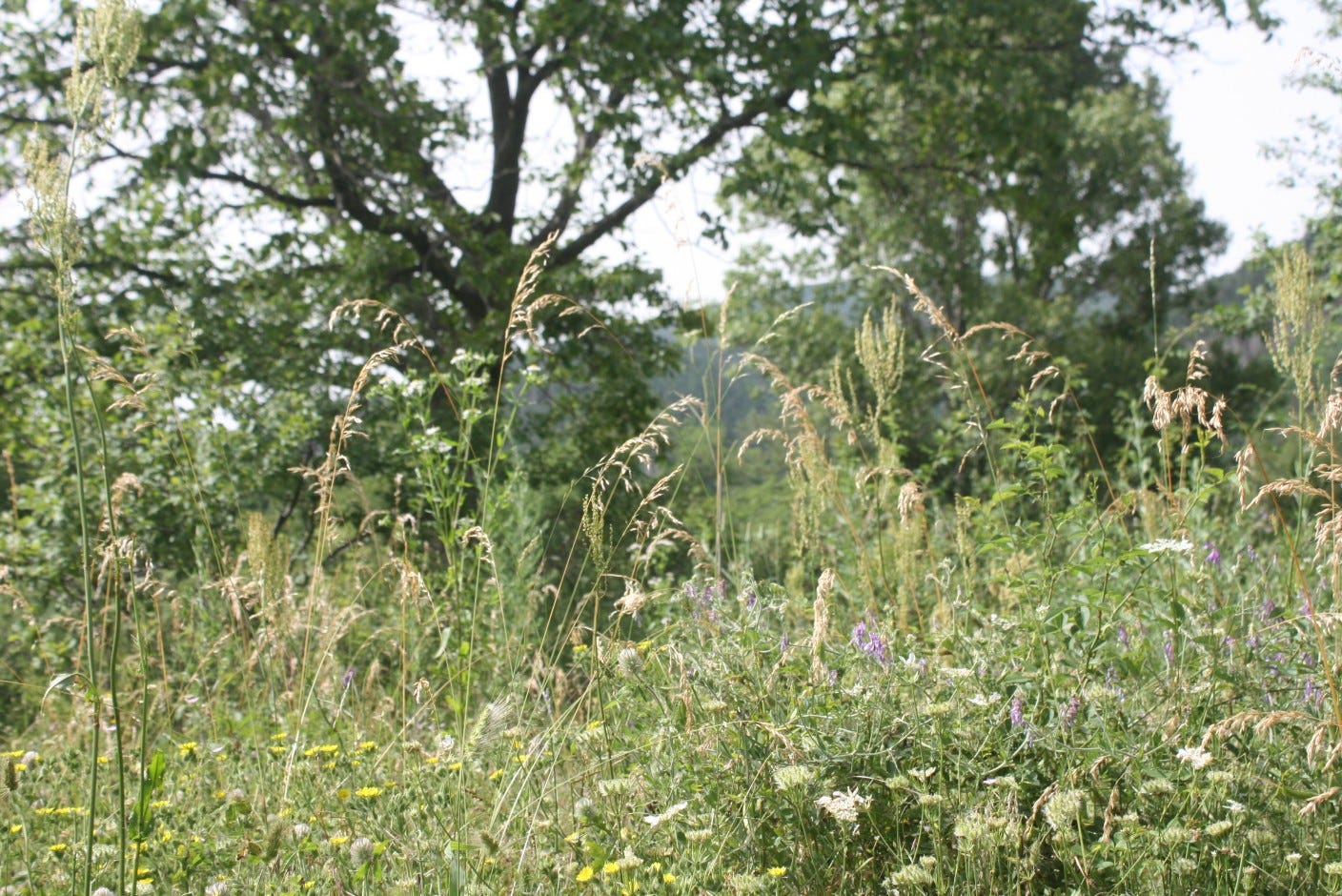
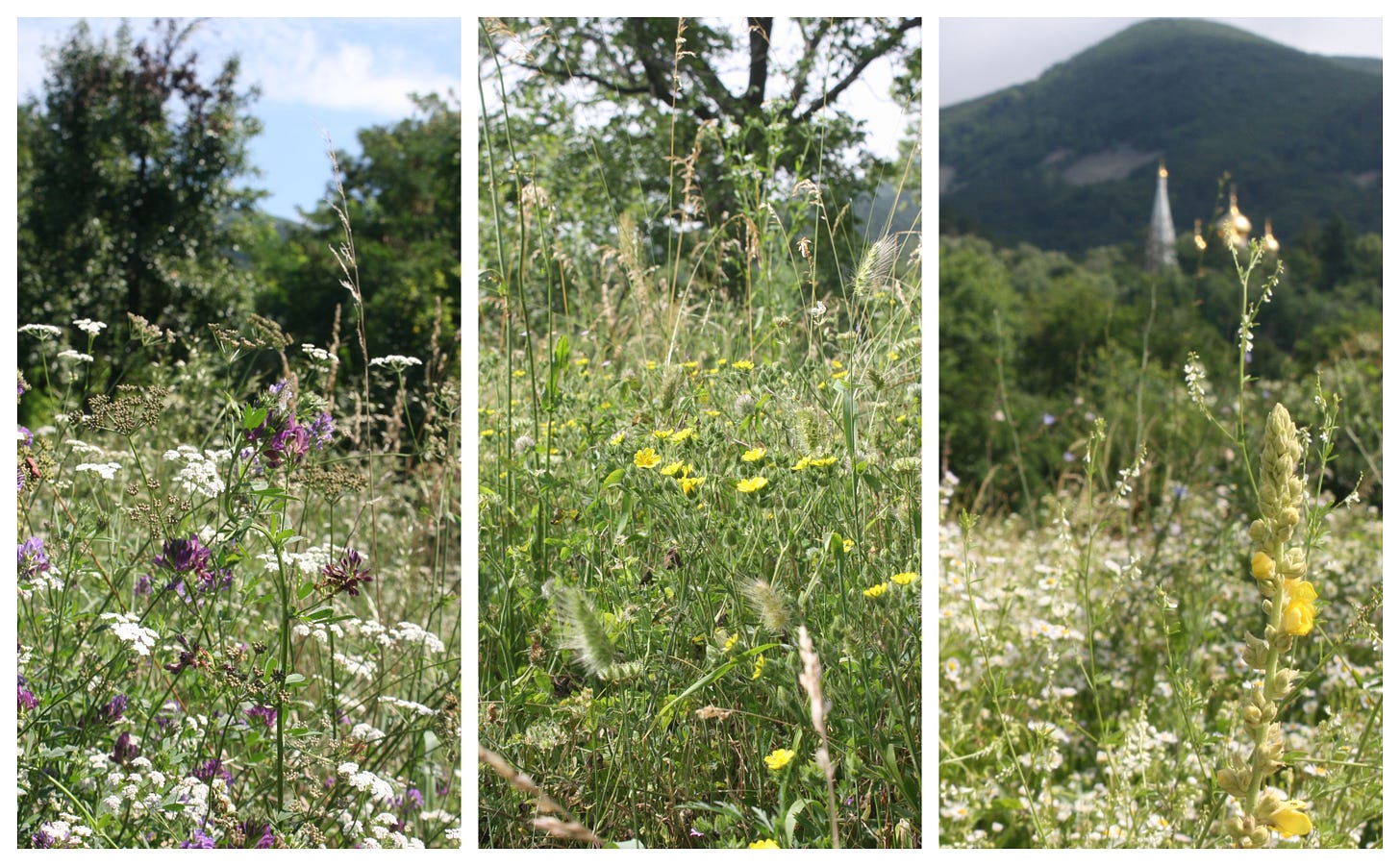

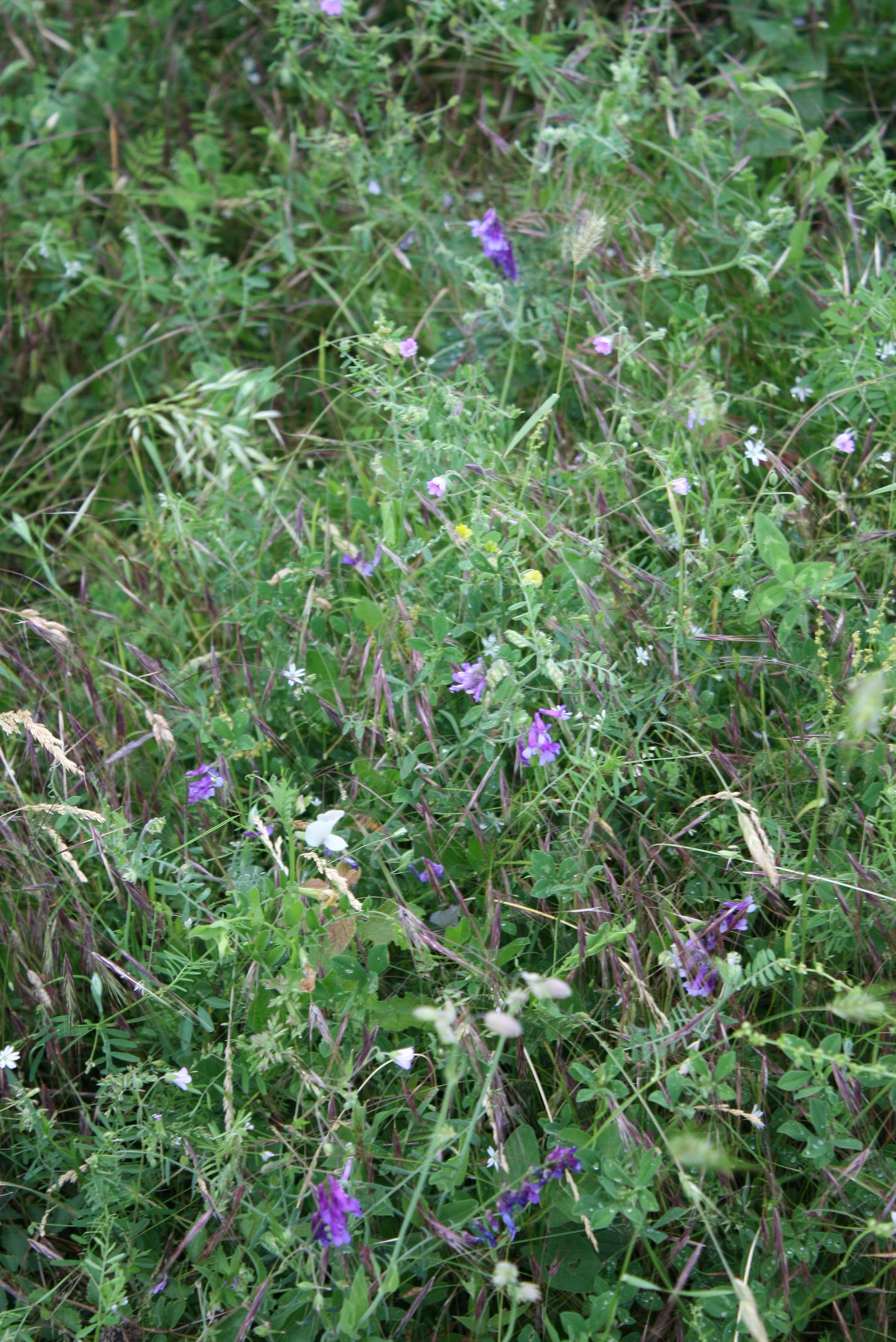
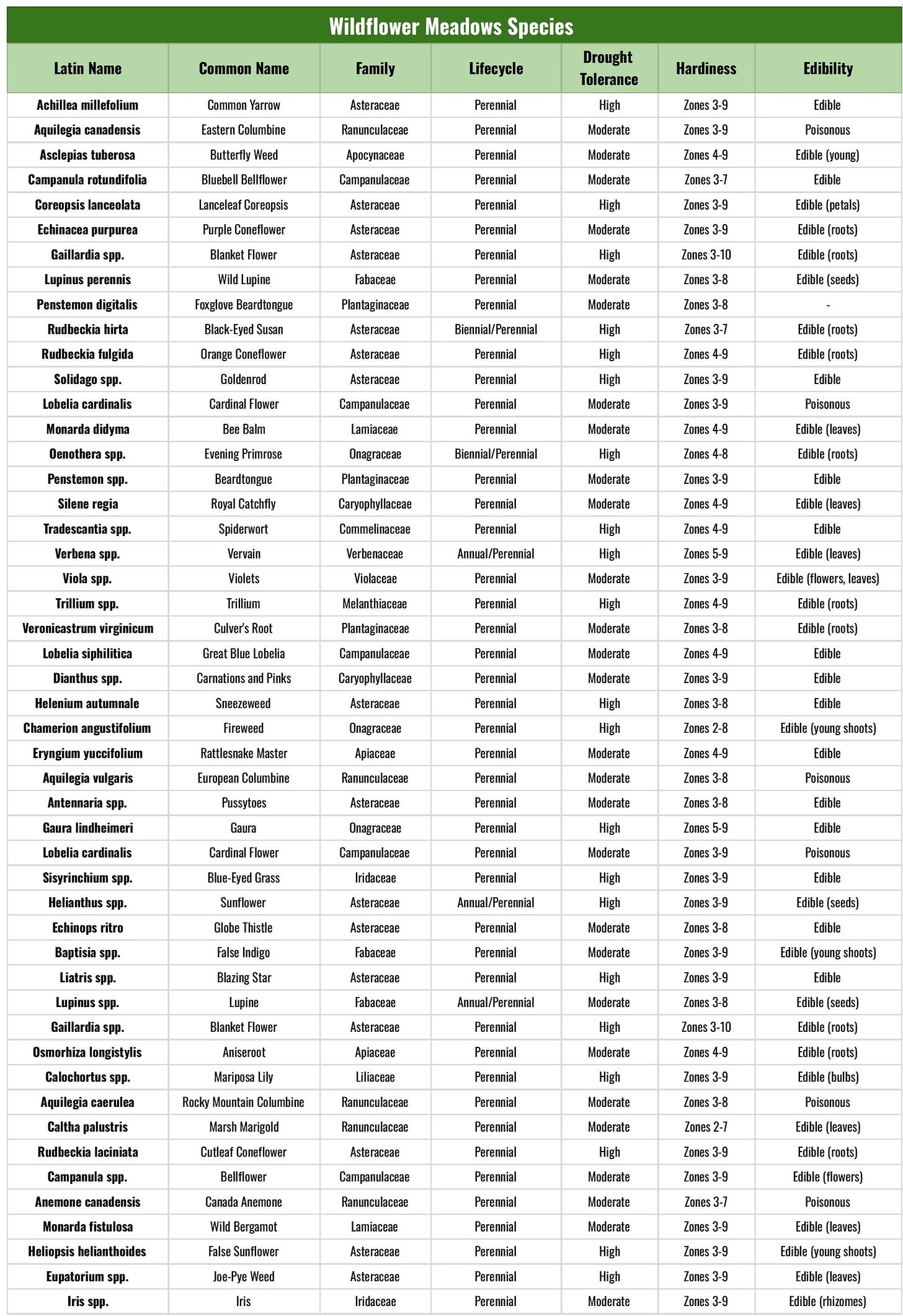

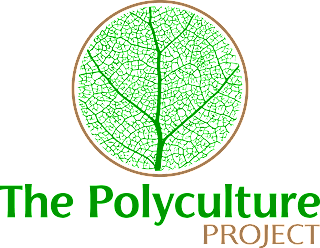


No comments:
Post a Comment